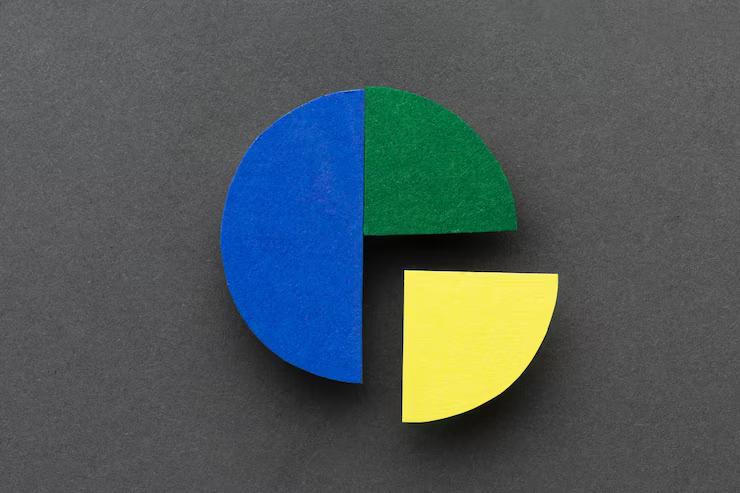Data Analyst vs. Data Scientist: Decoding the Roles
In the data-driven world of today, the terms "Data Analyst" and "Data Scientist" often get used interchangeably. However, these are distinct roles with unique responsibilities, tools, and impacts. This blog aims to clear the fog and help you understand the key differences between a Data Analyst and a Data Scientist.
Data Analyst:
A Data Analyst is focused on collecting and scrutinizing existing data to identify trends, patterns, and key metrics. They are skilled at transforming complex data sets into understandable graphs, charts, and reports, thereby aiding businesses in making informed decisions based on past and current data.
Data Scientist:
A Data Scientist, on the other hand, delves deeper. They design complex algorithms, often utilizing machine learning techniques and advanced statistical models, to predict future outcomes and trends. Data Scientists are also involved in the development of automated systems and tools for data visualization.
Key Differences:
Tasks:
- Analyst: Focuses on data interpretation, visualization, and report generation.
- Scientist: Engages in advanced modeling, automation of systems, and predictive analysis.
Tools:
- Analyst: Primarily uses Excel, SQL, and various data visualization software.
- Scientist: Leverages programming languages like Python or R and machine learning frameworks.
Impact:
- Analyst: Contributes to current business decisions and strategies based on existing data.
- Scientist: Shapes future business strategies and developments through predictive analysis.
Skills:
- Analyst: Proficient in data management, basic programming, and visualization techniques.
- Scientist: Expertise in advanced data techniques, statistical models, and predictive analytics.
Roles:
- Analyst: Often seen in market research, business analysis, and healthcare.
- Scientist: Roles include machine learning engineer, AI researcher, and more specialized positions.
Salary:
- Analyst: The average salary is around $64,000 per year.
- Scientist: The average salary can go up to approximately $127,000 per year.
Choosing Your Path:
Choosing between a Data Analyst and Data Scientist role involves considering multiple factors like your interests, the level of educational commitment you're willing to make, and your earning potential. Data Analysts focus more on interpreting past and current data to provide strategic insights, while Data Scientists are more concerned with predicting future trends and innovating through advanced techniques.
In summary, the choice between becoming a Data Analyst and a Data Scientist largely depends on where your interests lie and how you envision your career path. While both roles offer valuable contributions to data understanding and business strategy, Data Scientists typically dive deeper into advanced methodologies and have a more future-oriented impact on decision-making.
Key Takeaways:
- Data Analysts and Data Scientists have distinct roles, tools, and impacts.
- Data Analysts focus on interpreting existing data while Data Scientists look to predict future trends.
- Your choice between these two paths should align with your career goals, educational commitment, and earning expectations.


